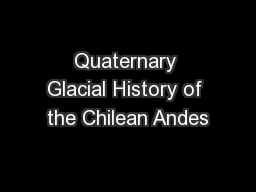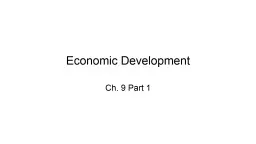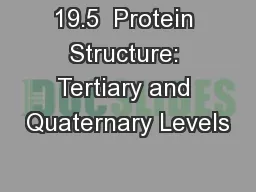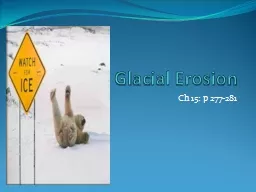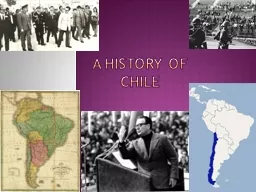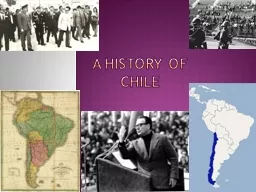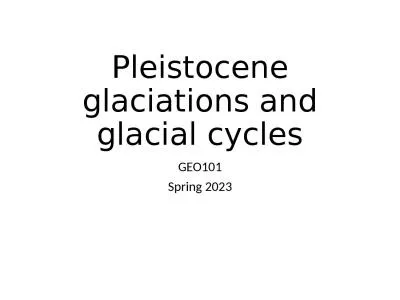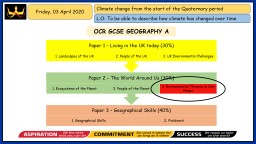PPT-Quaternary Glacial History of the Chilean Andes
Author : pasty-toler | Published Date : 2016-08-11
Presented by Calvin Wight http solarviewscom capearth chilehtm Outline Background Controls on Glaciation Climatic Tectonic Latitudinal Glacial History of the Chilean
Presentation Embed Code
Download Presentation
Download Presentation The PPT/PDF document "Quaternary Glacial History of the Chilea..." is the property of its rightful owner. Permission is granted to download and print the materials on this website for personal, non-commercial use only, and to display it on your personal computer provided you do not modify the materials and that you retain all copyright notices contained in the materials. By downloading content from our website, you accept the terms of this agreement.
Quaternary Glacial History of the Chilean Andes: Transcript
Download Rules Of Document
"Quaternary Glacial History of the Chilean Andes"The content belongs to its owner. You may download and print it for personal use, without modification, and keep all copyright notices. By downloading, you agree to these terms.
Related Documents

